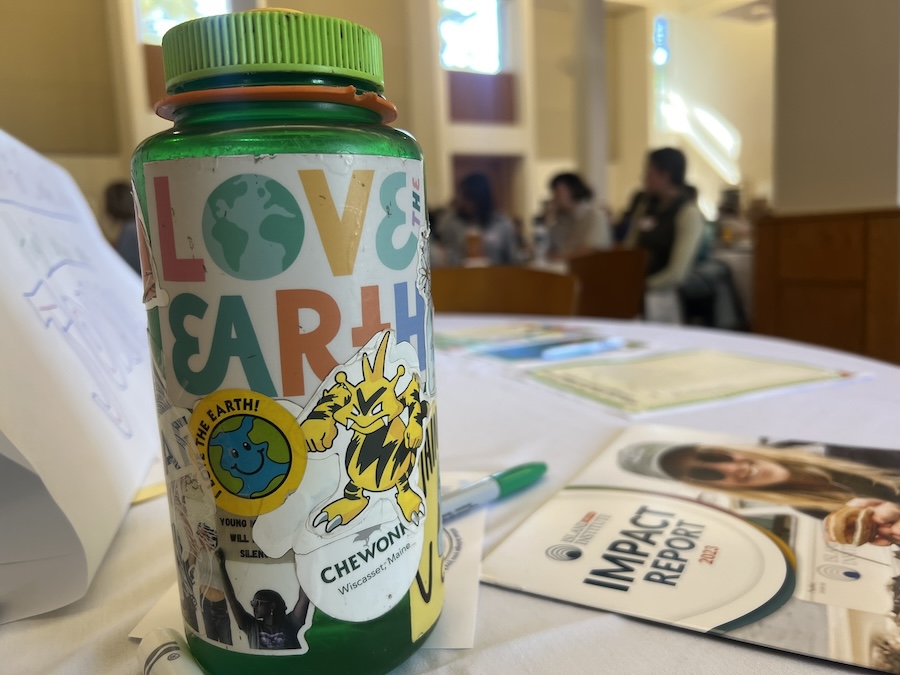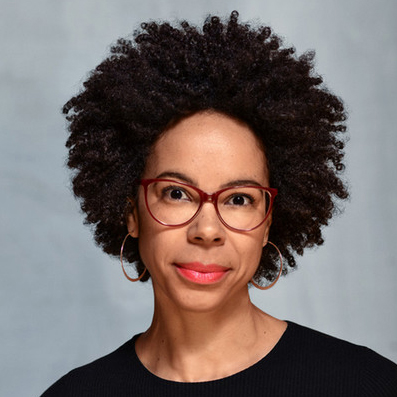Gardens of the Past: The Sourdough Project
By Samara Nassor ’22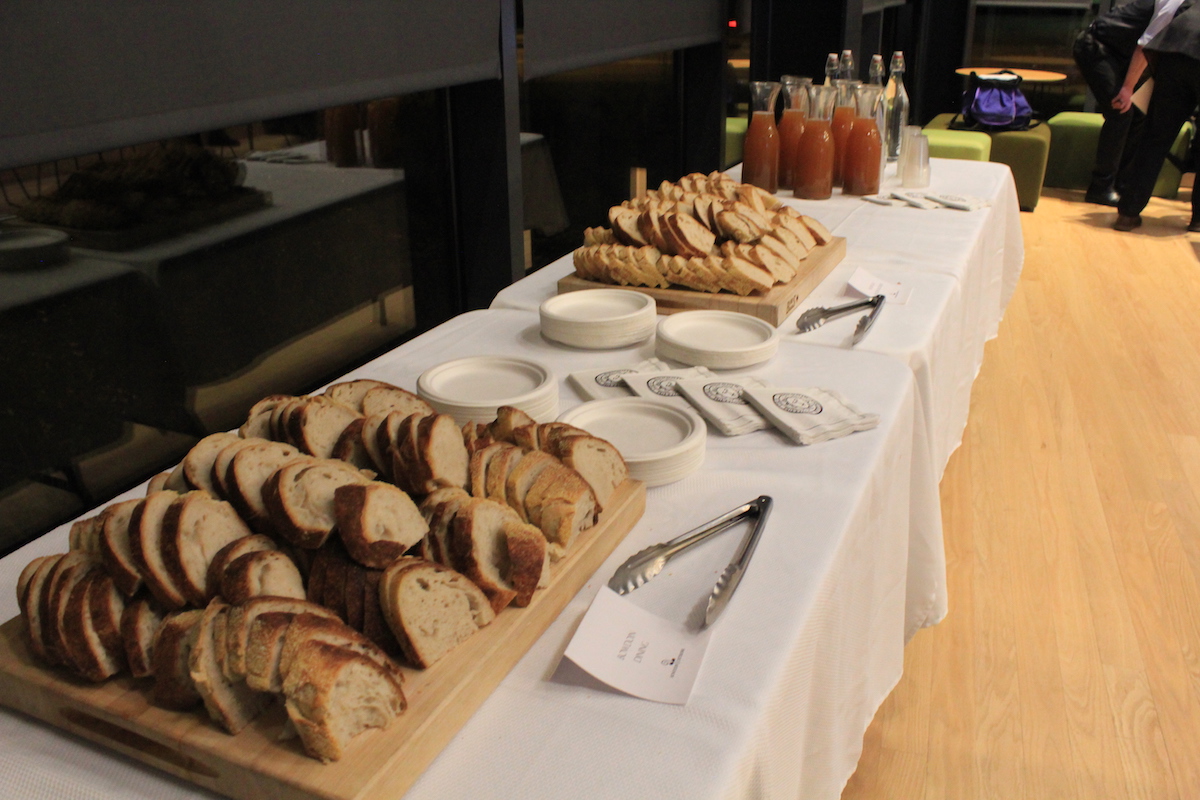
Most of us think of sourdough as a marriage between yeast, bacteria and a flour paste. But, Matthew Booker, an associate professor of American environmental history at North Carolina State University, sees the leavened bread as a living creature that can be used to trace his family history and the genetic sequence of microbial organisms.
“Sourdough is a culture rather than a starter. I feed it because when it’s fed it stays alive, and when it’s alive it remains year after year,” Booker said.
On Thursday, October 10 at the Roux Center for the Environment, Booker spoke about The Sourdough Project, a global citizen-science initiative based at North Carolina State University that is genetically mapping the yeast and bacteria used to make sourdough bread.
This project is helping to reveal how the history and ecology of sourdough bread can reveal insights into the past, present, and uncertain future of how we produce and consume our food. Booker's new book, Food Fights: How History Matters to Contemporary Food Debates (published in 2019 by University of North Carolina Press), provides historical context for debates over food safety, agricultural subsidies and food stamps, GMOs, and other crucial food disputes.
The event was sponsored by the environmental studies program, the departments of biology, history and earth and oceanographic sciences, Bowdoin dining services, Sustainable Bowdoin and the lectures and concerts fund.
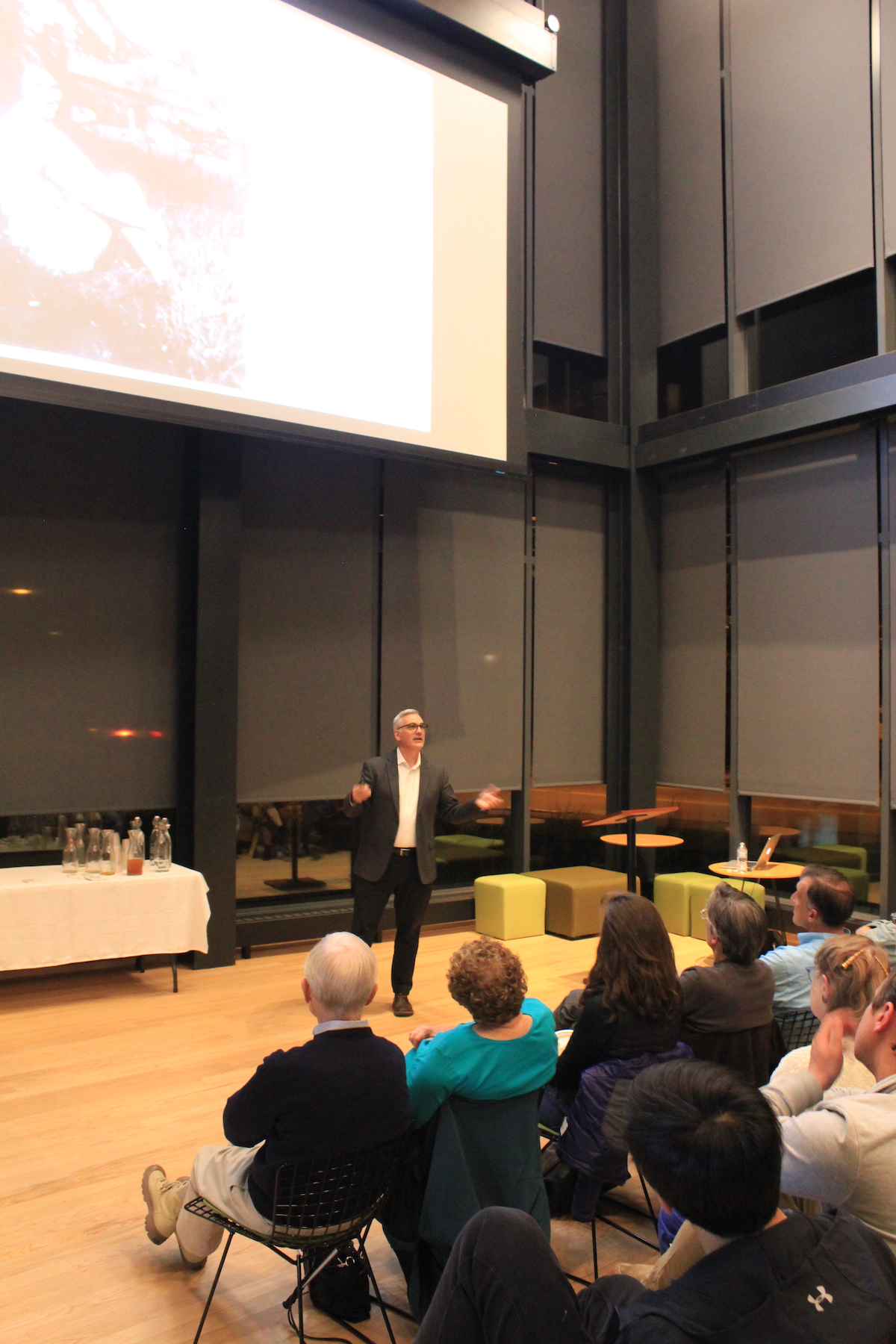
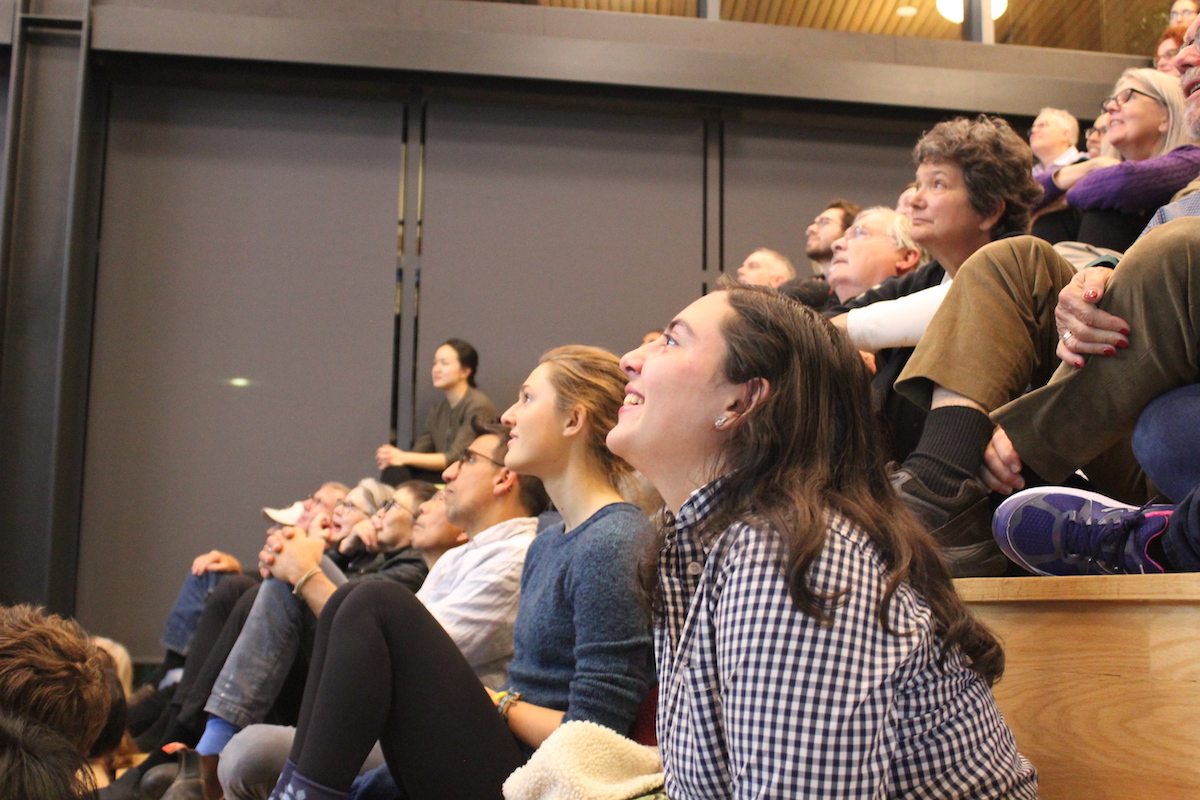
The sourdough tradition in Booker's family originated from his grandparents, Charles and Marianne. After moving to Alaska, they stumbled upon a sourdough baking tradition in 1898. “Later, in 1921, when Charles moved to Fairbanks, Alaska, to become the president of the University of Alaska, a multitude of people had already tasted his sourdough. My mother was fed sourdough pancakes from their countertops during her teenage years and so was I,” Boomer recounted.
“I kept the stoneware crock I was given. ...The sourdough moved from Oregon to Seattle to Stanford then to North Carolina in 2004. It has been part of my life thanks to my precautionary effort. This culture also connects me to my family in the Pacific Northwest.”
Booker began to study sourdough within the context of public history, a discipline that involves a set of perspectives and methods such as oral history, documentary filmmaking, archives management, and the interpretation of historical sites. He became fascinated by sourdough’s evolutionary roots. “The culture doesn’t stay the same as the bread moves and new bacteria and yeast are added,” he said.
Ever since the genetics revolution, scientists have searched for biodiversity in exotic and isolated settings. The book Never Home Alone by applied ecologist Rob Dunn inspired Booker to probe for biodiversity in areas closer to home. Collaborating with Booker, Dunn conducted DNA testing on 569 samples of sourdough from the public and pursued other experiments using glass chromatographs and human testers. He observed that seventy percent of his samples had the same yeast due to artificial or natural selection. However, bacteria enormously varied.
From Dunn’s experiment, Booker concluded that public history had an effect on the heterogeneity of sourdough cultures. “Sourdoughs were gardens of the past that linked us to a shared human story. We need them to conserve biological and cultural diversity,” he said.
Below are a sampling of questions asked by members of the audience:
Aadhya Ramineni ’23: Can you make gluten-free options? How has the food industry been affected by the gluten-free movement?
Booker: The sourdough has to undergo a long process of fermentation for it to break drown complex carbohydrates. There are also grains that are gluten free used to make sourdough. The food industry has actually benefited from the gluten free movement and has also started to pay more attention to sugar intolerance because of it.
Dan Strodel ’20: You mentioned words such as culture and wealth to describe sourdough. Why was this language chosen?
Booker: Its etymology has to do with a sense of obligation people have for the tradition.
Jordan Khoriaty ’21: Have selective pressures affected the ingredients of sourdough?
Booker: Many ingredients from the past are still being used in my family. Selective pressures are based on the resilience of the ingredients as well as the preferences of bakers and consumers overtime.
Booker's talk was among several that Bowdoin is hosting this month on environmental themes, including Wil Burns's talk on "Carbon Dioxide Removal Approaches: Their Potential Role in Addressing Climate;" a Phi Beta Kappa Lecture Series lecture "Climate Has Always Changed Naturally—How Climate History Increases Concerns About Fossil-Fuel Burning;" and Arnold D. Kates Lecturer Gina McCarthy, who will speak on Oct. 25 about "The Future of the Planet: Climate Change & Environmental Protection."

